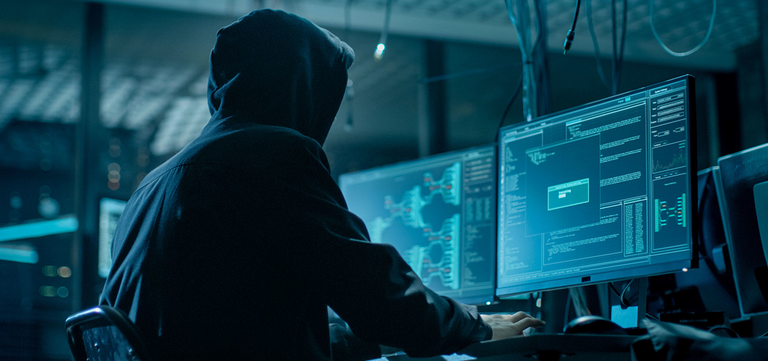- Details
- Written by NX
- Category: Articles
- Hits: 1330
So, now we're done poking fun at Windows, let's look at Linux. There's a nice list here about Linux commands that can pull off some veeery stupid tricks. https://gtfobins.github.io/gtfobins/find/
So, since we allready talked about why you would care about LOLBins, let's just dive right in.
- Details
- Written by NX
- Category: Articles
- Hits: 1771
It's time to look into LOLBins, and have some fun with that. So what is it. It's system files / commands, that can be used in a malicious way, as part of an cyber attack chain. So, it's the kind of files you would want to monitor, when they're called and who calls them. And why does it matter ?. Because some of them can download and upload files, be used for evading antivirus, and a lot more.
It's a tactic known as Living Of The Land, (using what's at hand), to attack a system. And here, Powershell, and WMIC also comes into play, as they are installed on every Windows systems, so they really are a hackers best friend, at least for now. And, why ?, because sad to say, Powershell was never designed with security in mind, but simply as an easy way for Administrators to do their job. So, if attacking a system is your fancy, I really would recommend you look into Powershell programming :)
- Details
- Written by NX
- Category: Articles
- Hits: 1163
So, let's talk about capturing disk files for recovery purposes. I mean, we all do backups right ? *cough**cough*
We'll be looking at bare metal imaging using dd, a Linux Live system, and Windows machines, including imaging to network shares
For this you'll need a Windows machine, with a share setup for anonymous / everybody access, and a static IP set up. You could use DHCP /Machinename, but it's easier to get to work with static, raw IP addresses setup.
You'll also need a Kali USB stick, for booting the machine you want to clone, and some files. And yes, this can be done using virtual machines, we'll get back to that later on.
- Details
- Written by NX
- Category: Articles
- Hits: 977
Okay, we all know it, admins and geeks are lazy, or at least I am. So, what to do when you're running multiple computers, from ordinary machines, to VM's, and don't have enough monitors, or want to get out of your chair ?
Well, luckily for us, we have SSH and RDP. For Windows users, you're running RDP, better known as Remote Desktop. But that's good enough for Windows --> Windows, what about Windows --> Linux ?
Well, XRDP to the rescue, and that is the topic for this tutorial, running xrdp on Linux.
- Details
- Written by NX
- Category: Articles
- Hits: 978
Oookish. Time to have some fun with Samba / CIFS, Windows 10 and Linux.
There's a couple of things you'll need to have, and some things you need to know, and I do suggest you have some kind of server machine for this. It's NOT, I REPEAT NOT a tutorial on how to share every file, from every machine, like we did in "the good ol' days.." It's messy, stupid, and not very user friendly, so stop doing that !!
And, you won't find anything here about using Samba Version 1, don't...really I mean it, don't !


